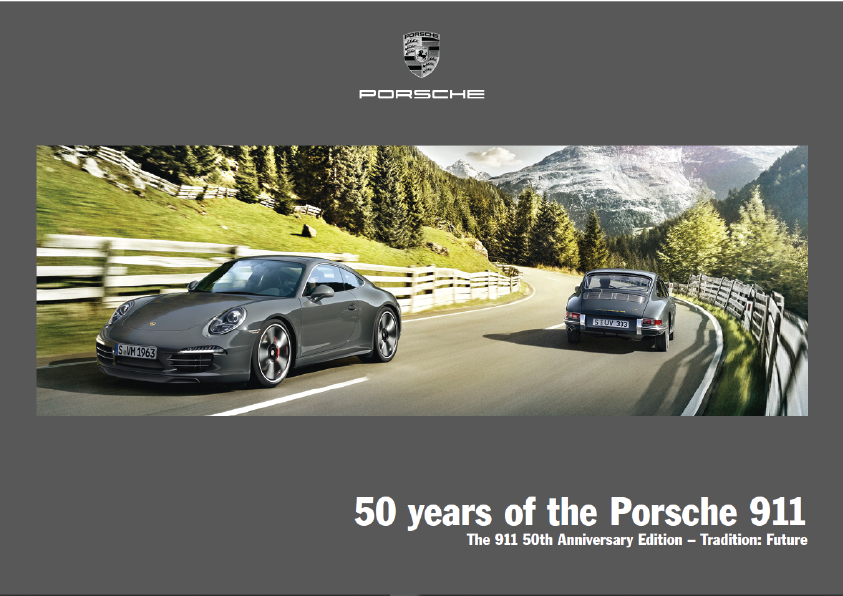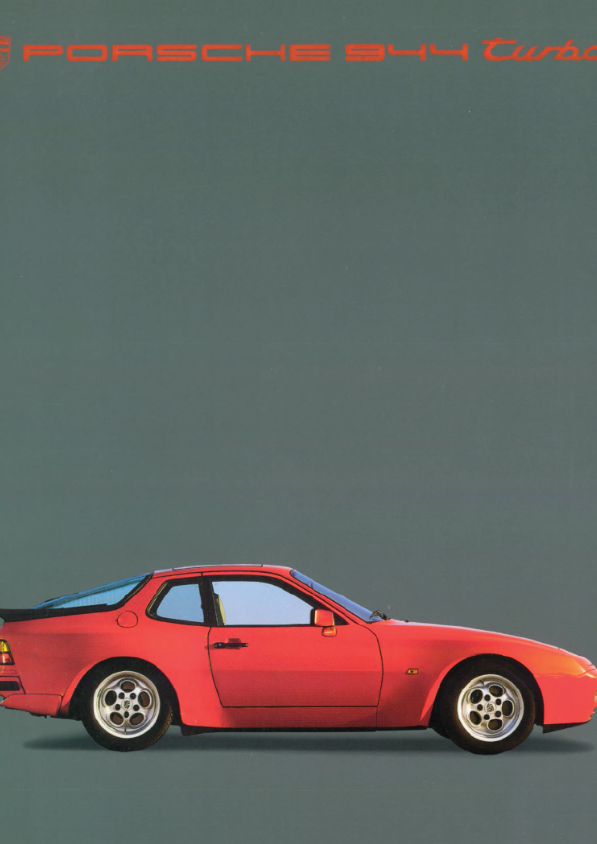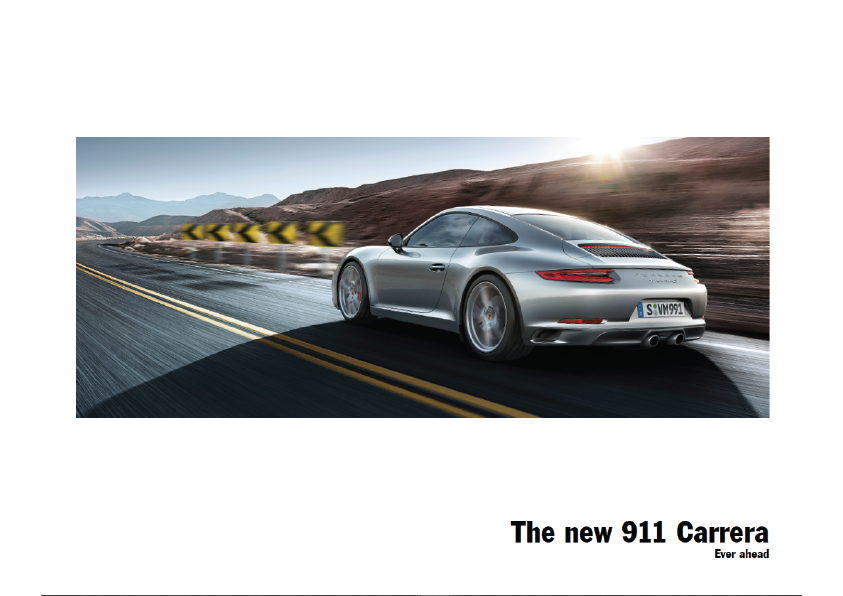911. Three numbers. One logo. Yet they represent a legendary sports car concept. Many books have been written on the subject, but do any of them truly describe the emotion that this vehicle has been conjuring up for decades?
The 911 now has a lot of stories to tell – about heroic race wins, a design that has since become iconic, countless childhood dreams and, above all, a timeless idea. After 50 years it’s evident that the 911 is more than just a car. But what’s its secret?
Attempts at the answer might include: the typically sloping roof line; the timelessness of the form; the pithy sound of its boxer engine; Swabian ingenuity; ground-breaking sports car technology; childhood memories; that tingling feeling as you take the next bend; the defiant tenacity of engineers to do only what they believe in. In fact, every answer is the right one. Because they are all expressions of the same idea which started life on a desk as a simple sketch.
It then took form in engineering models. It was given names like 695, 754 T7 or T9. It was rejected. Then further developed – sometimes even at night and in the early hours of the morning. What today seems like a matter of course was a long, labor-intensive path on which every millimeter was a struggle.
Success came with the design produced by Ferdinand Alexander Porsche. The heart and soul of the Porsche brand is celebrating its 50th birthday. A good reason for us to pay tribute to the 911 model – with the 911 50th Anniversary Edition. With a limited edition of strictly 1,963 copies of the seventh generation as it will never be seen again. With high-quality equipment and finely worked details which elude to the history of the 911. With the historic ‘911’ logo. With a 1.7 in. wider rear. With 430 hp based on the current 911 Carrera S. Power that is worthy of the 911. The 911. Future: Tradition. Since 1963.
The 911 is unveiled at the Frankfurt Motor Show on September 12, 1963 when it is still known as the 901. But another car manufacturer objected to this sequence of numbers on the grounds of patent rights. Which was good for Porsche. So, Porsche simply replaced the middle 0 with a 1, and called the car Posrche 911. As a legitimate successor to the 356, it has a 2+2 configuration (two front seats with two comfortable ‘emergency seats’ in the rear) and was commissioned by Ferry Porsche – but with its own shape – and with 6 cylinders at the rear. In 1964 Ferdinand Alexander Porsche puts the design of the century into series production. The power output from the 2.0-liter boxer engine starting at 130 hp – the only way is up.
The second generation of the Porsche 911 comes onto the market in 1973. The impact bumpers are the characteristic feature of the second generation (socalled G Series) Porsche 911. The fully galvanized body, from 1975 onwards, is another forward-looking feature. As is the occupant protection: with impact absorbing steering wheel, three-point seat belts and integrated headrests at the front. The exhaust technology is also state-of-the-art – thanks to a controlled catalytic converter (from 1985). The engine electronics brought in as of 1983 boost efficiency. The first engines in the G Series displace 2.7 liters and develop 150 hp. In its most powerful version, with 3.2 liters of displacement, the boxer engine in the 911 Carrera reaches 231 hp.











